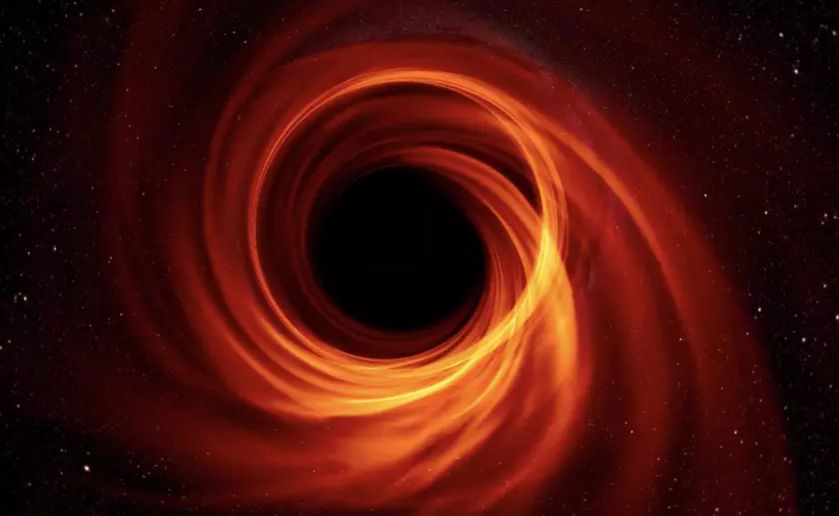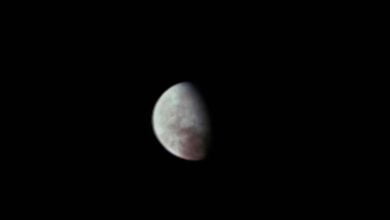
Giant fast moving cloud : what was found in the center of our galaxy
(ORDO NEWS) — At the very heart of our galaxy lies Sagittarius A* (Sgr A*), a supermassive black hole. So, astronomers discovered a giant cloud of gas around it. It orbits the black hole in 70 minutes and travels only three times slower than light.
On April 11, NASA’s Chandra X-ray Observatory noticed a powerful burst of X-rays. The study was published in the journal Astronomy & Astrophysics.
“What’s really new and interesting is that such outbursts have so far only been clearly observed in X-ray and infrared observations of Sagittarius A*,” Maczek Velgus, lead author of the study, from the Max Planck Institute for Radio Astronomy in Bonn, said in a press release.
“Here we see for the first time a very strong indication that orbital hotspots are also present in radio observations.”
Scientists don’t fully understand what causes outbreaks like the one Chandra detected. One theory points to an interaction between the material in a black hole’s accretion disk and the magnetic field surrounding the black hole.
In the case of Sgr A*, the researchers believe the magnetic field acts as a barrier, preventing the black hole from swallowing as much material as it could. This magnetic barrier causes gas and dust to accumulate in certain areas around the black hole.
Eventually, this stress causes one of the magnetic field lines to break temporarily, allowing the black hole to swallow itself. As a result of the rupture, energy is released into the surrounding material, forming a hot plasma bubble.
Initially, these hotspots may emit mostly X-rays, Velgus said. “Perhaps they need a little cooling time to show up at low frequencies corresponding to millimeter wavelengths.” It is these last wavelengths that have been discovered.
“Hopefully someday,” Velgus said in an ESO press release, “it will be convenient for us to say we ‘know’ what’s going on in Sgr A*.”
—
Online:
Contact us: [email protected]
Our Standards, Terms of Use: Standard Terms And Conditions.









